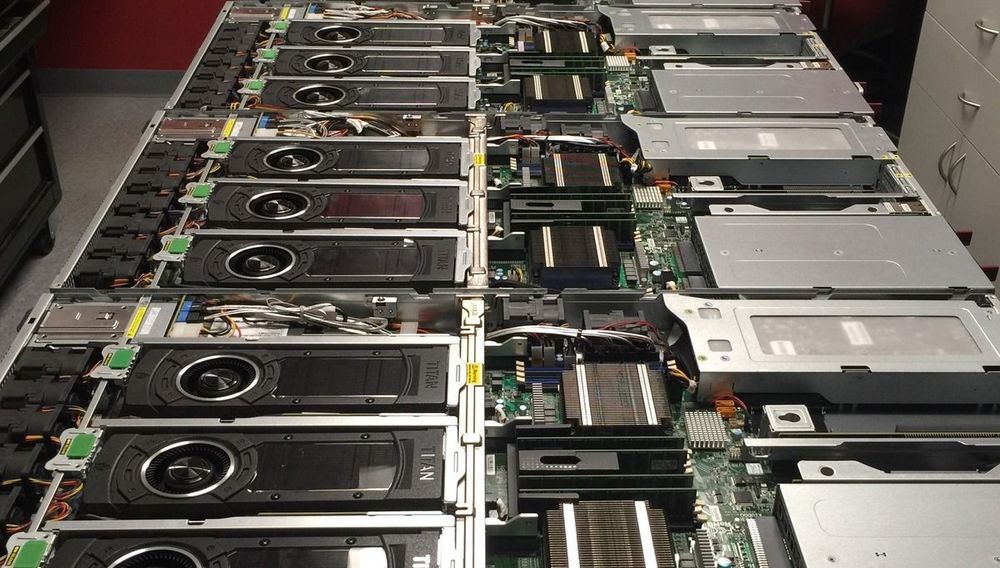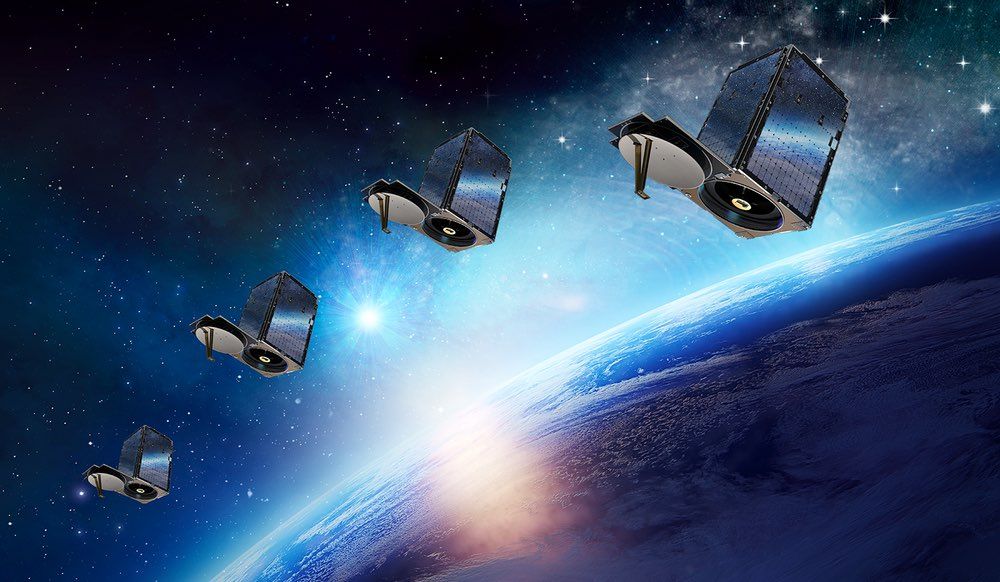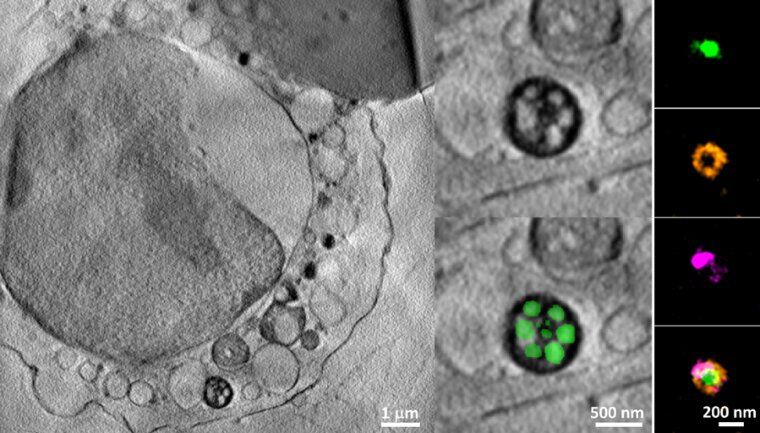US Defence Advanced Research Projects Agency (DARPA) researchers released a custom version of Android designed to simplify inclusion of stringent safeguards by app developers, in a bid to address concerns around data privacy.
The open-source Privacy Enhancements for Android (PE for Android) platform was built by teams at Two Six Labs and Raytheon BBN Technologies as part of DARPA’s privacy-focused Brandeis programme.
Brandeis programme manager Joshua Baron told Mobile World Live the platform aims to address a knowledge gap among app developers, which researchers found often aren’t familiar with “the expected privacy disclosures or regulations that may guide their application’s use”.







 Tony Webster / Flickr.
Tony Webster / Flickr.


